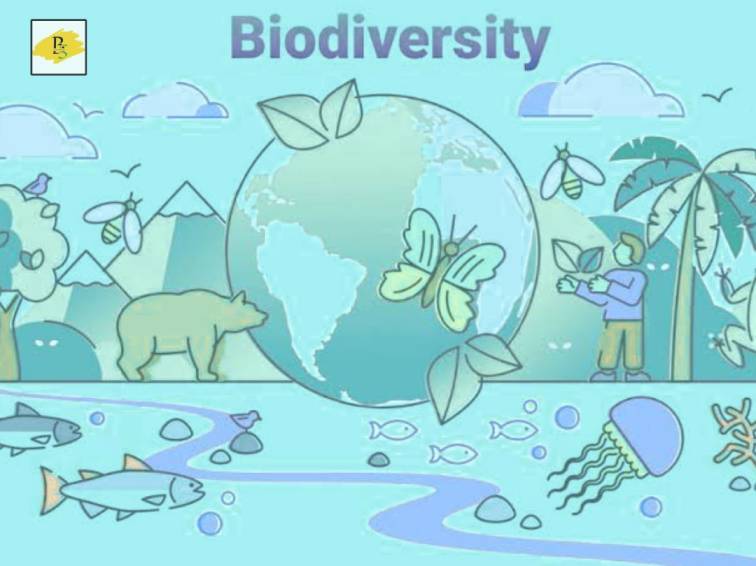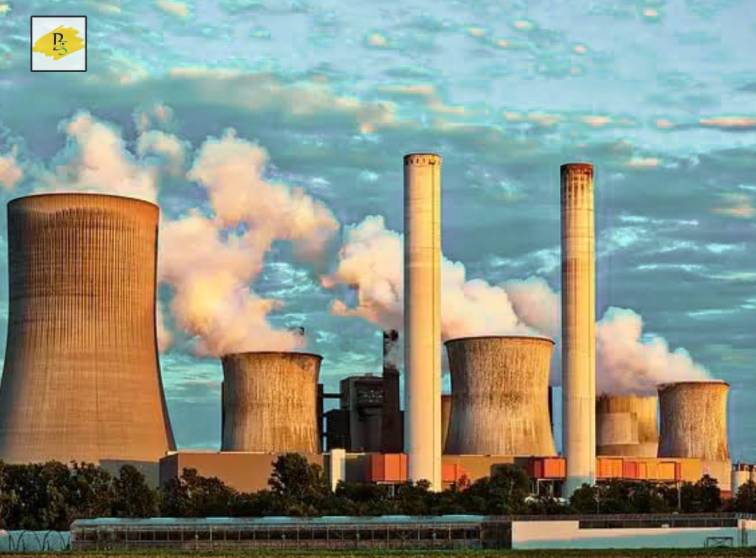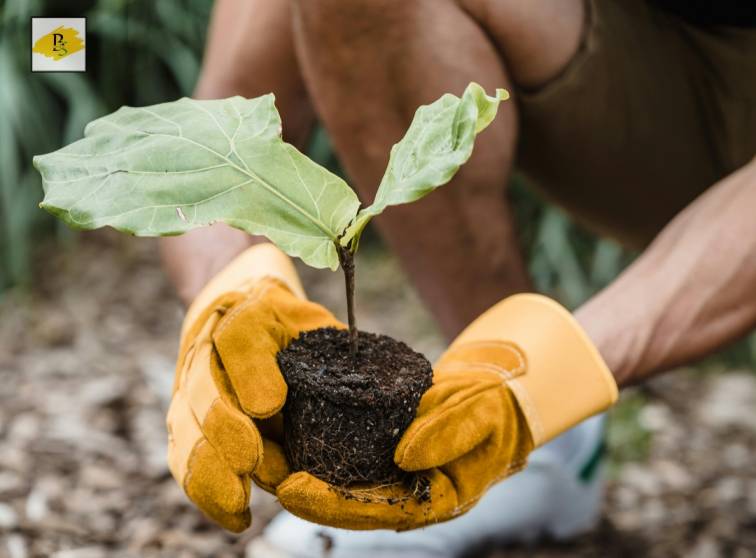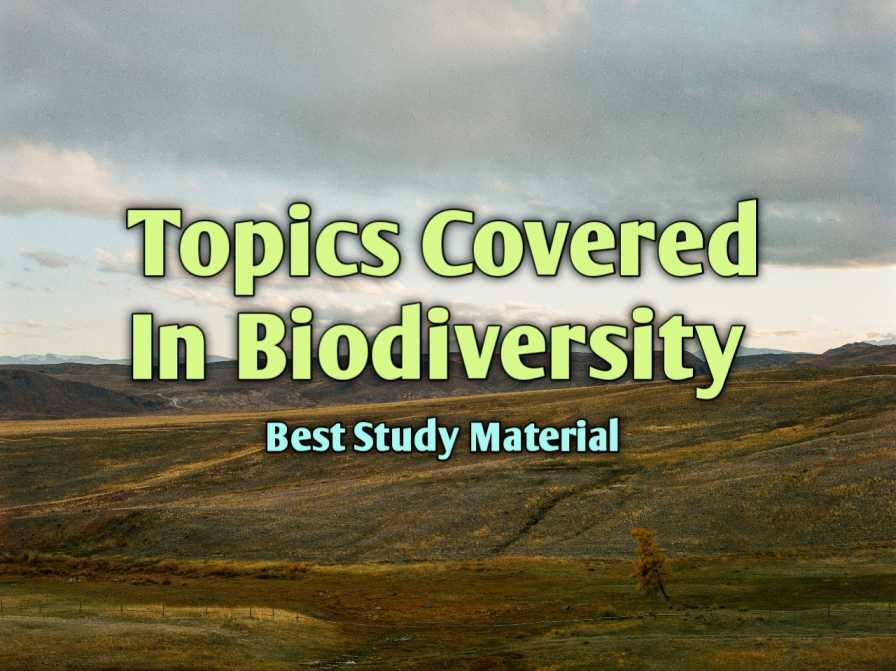Topics Covered in Biodiversity: Biodiversity basically refers to all the different variety of flora and fauna that exists in our surroundings. So here we will explain all the possible topics covered in this chapter to enlighten the knowledge.
All Important Topics in Biodiversity

Topics that are covered in Biodiversity are Biodiversity and its importance, how climate change affects biodiversity, biodiversity loss, climate change, how human affects biodiversity, how deforestation affects biodiversity, diversity, genetic diversity, etc.
What is Biodiversity and it’s essentials?
Biodiversity basically covers all the plants, animals, fungi, and microorganisms in the environment. Biodiversity are essential process to sustain and support all the organisms on the earth. On earth, everyone is connected to each other, for a healthy ecosystem there is the need for diversity in the environment.
How Does change in climate affect Biodiversity?
Climate has a direct relation with the biodiversity in the environment, as with the specific climate all the plants and animals are habitual to their surrounding. Changes in the climate lead to the loss of biodiversity in our surroundings. The reason behind the loss of biodiversity is that the change in climate, changes the temperature of that surrounding which creates discomfort to the diversity which are habitual to a particular climate. Hence the change in climate form a great impact on the surroundings.
What is Biodiversity loss and it’s cause?

Biodiversity loss basically refers to the decrease in species, animals, plants, etc in the ecosystem of a specific geographical area or whole as the Earth. There are several causes for the loss of biodiversity. The main cause behind the loss of biodiversity is because of greed of humans. The major reasons behind the loss of biodiversity are pollution, climate change, deforestation, over-exploitation of hunting, global warming, etc.
Climate Change
Climate change refers to the variation in the temperature of the surroundings and another atmospheric situation comes under climate change. The major loss of climate change is it creates problems for different species to survive in their surroundings.
How do Humans affect Biodiversity?
Human affects biodiversity in several ways, some of them are intentional and some are by accidents. The Biggest threat occurs to biodiversity after converting the forest lands to farmland, roads, houses, etc. Almost 30% of Biodiversity losses take place because of land conversion.
Here are some key areas in which human affects biodiversity the most. The exploitation of natural resources to meet human needs, pollution, deforestation, overfishing, climate change, etc.
Deforestation Affects Biodiversity Explain?
Deforestation refers to the removal of flora from the surroundings on a large scale to satisfy basic human needs like roads, houses, etc. As in Biodiversity, the forest contains large species of plants and living organisms, so deforestation will destroy species as well as their habitat. So, this creates effects on Biodiversity. The major impacts of deforestation on biodiversity are climatic change, soil erosion, formation of greenhouse gases in the atmosphere, decrease of groundwater levels, extinction of plants and animals, etc.
Pollution

Pollution refers to the introduction of all the suspended harmful particles in the environment. This harmful particles in the surrounding environment are known as pollutants. The different types of pollution are Air Pollution, Water Pollution, Land Pollution, and Noise Pollution.
Water Pollution
Water pollution refers to the presence of unwanted and harmful substances in the water bodies (lakes, ponds, rivers), etc which are harmful for human use and aquatic animals. The pollutants of water pollution are bacteria, viruses, pesticides, etc.
Air Pollution
All the harmful substance present in the air such as smog, fog, dust, etc comes under air pollution. The pollution or quality of the air is measured by AQI. As if the AQI is between 300 – 500 then the quality of the air would be called poisonous.
Noise Pollution
Noise Pollution basically does not refer to any substance or particle. Every unwanted thing in the surroundings comes under pollution, so the unwanted noise in the surroundings comes under noise pollution for ex honking of vehicles, loud speakers, etc.
Species Richness and Endemism
Species richness describes the different types of species in the surroundings. The higher the number of species in the surroundings higher we call the species richness in the surroundings. Species richness is important in biodiversity because it creates stability in the surroundings.
Endemism refers to the species that are found in a particular area or surroundings. If the plants or microorganisms that are present in particular surroundings are also found in different areas does not come under the category of Endemism.
Diversity
Diversity generally represents a variety in our surroundings, which is one of the most important in our ecosystem. And when it’s come to all the plants and animals it is called biodiversity. This is generally of three types Genetic Diversity, Species Diversity, and Ecosystem Diversity.
Genetic Diversity
Genetic Diversity refers to a large variety of characteristics of genes that are made in species after adapting to the environment. When the diversity of genes is found in species it comes under genetic diversity.
Species Diversity
Species Diversity refers to different varieties of Species present in surroundings. It is helpful for our ecosystem to have diversification of plants and animals. Species Diversity is further classified into two types species richness and species evenness. Species richness tells us about the large variety of species, which means the greater the species richness larger the variety. Species Evenness tells us about the common characteristics of different species.
Ecosystem Diversity
Ecosystem Diversity helps us to understand the different varieties of habitats in which species survive in particular geographical locations. On the basis of the variety of habitats particular species are habitual to their surroundings.
Invasive Species
When the species do not belong to particular surroundings, but start introducing and begin to spread to non-native regions that species are called invasive species. These species do not originate from that particular location but they come to that surroundings by chance.
Ecological Modeling
Ecological Modeling is the mathematical system for understanding the ecological process and environmental management. It is the scientific method to understand the surroundings.
Conservation
Conservation of Diversity is the preservation and protection of all the species in the ecosystem to provide development for current and future generations. Biological conservation consists of three steps first one is the protection of diversity, second, it is effective to use and third it is the support of the life process.
Plant Conservation

Plant conservation is the process of activities whose aim is to protect the plants from extinction. The plant plays an important role in biodiversity to maintain the system. There are several ways to conserve plants, some of them are the Plantation of Flowers, Fruits, and vegetables, the Usage of Natural Fertilizers, and the Protection of Bees (Because they help in cross-pollination).
Conservation Genetic
Genes Conservation is the most important application for reducing the population’s risk. With the help of Genetic Conservation, we can protect important genetic information and provide survival for the future food supply.
Ecological Biodiversity and Global Biodiversity
Ecological Biodiversity means having a different variety of Ecosystems in the surroundings of specific regions. With the help of Ecological Biodiversity, it supports the specific species that are suitable for living in particular habitats. Global Biodiversity refers to a variety of different plants and animals that support life on the Earth.
Ecosystem

Ecosystem refers to the surroundings in which all living things interact with each other along with the physical environment. There are mainly two forms of ecosystem: Terrestrial ecosystem and Aquatic Ecosystem.
Ecosystem and Restoration
Ecosystem Restoration refers to the recovery of the damaged surroundings to which the plants and animals are dependent. The restoration of biodiversity is important because it helps in forming balance on the earth.
Land Use Change
Usage of Forest land for commercial or livelihood purposes is one of the main factors for biodiversity loss. The biodiversity loss creates a vast impact on climate change, air quality, water quality, etc.
Landscape as Biodiversity
Landscape as Biodiversity also called Landscape Diversity is a systematic approach to conserve biodiversity by proper use of lands in wildlife sanctuaries. Landscape is the best approach to connect human beings with biodiversity along with productive use of land for agriculture or livestock purposes.
Also Read: Our Environment class 10 Science Notes.







1 thought on ““what are the topics covered in the chapter on biodiversity?””